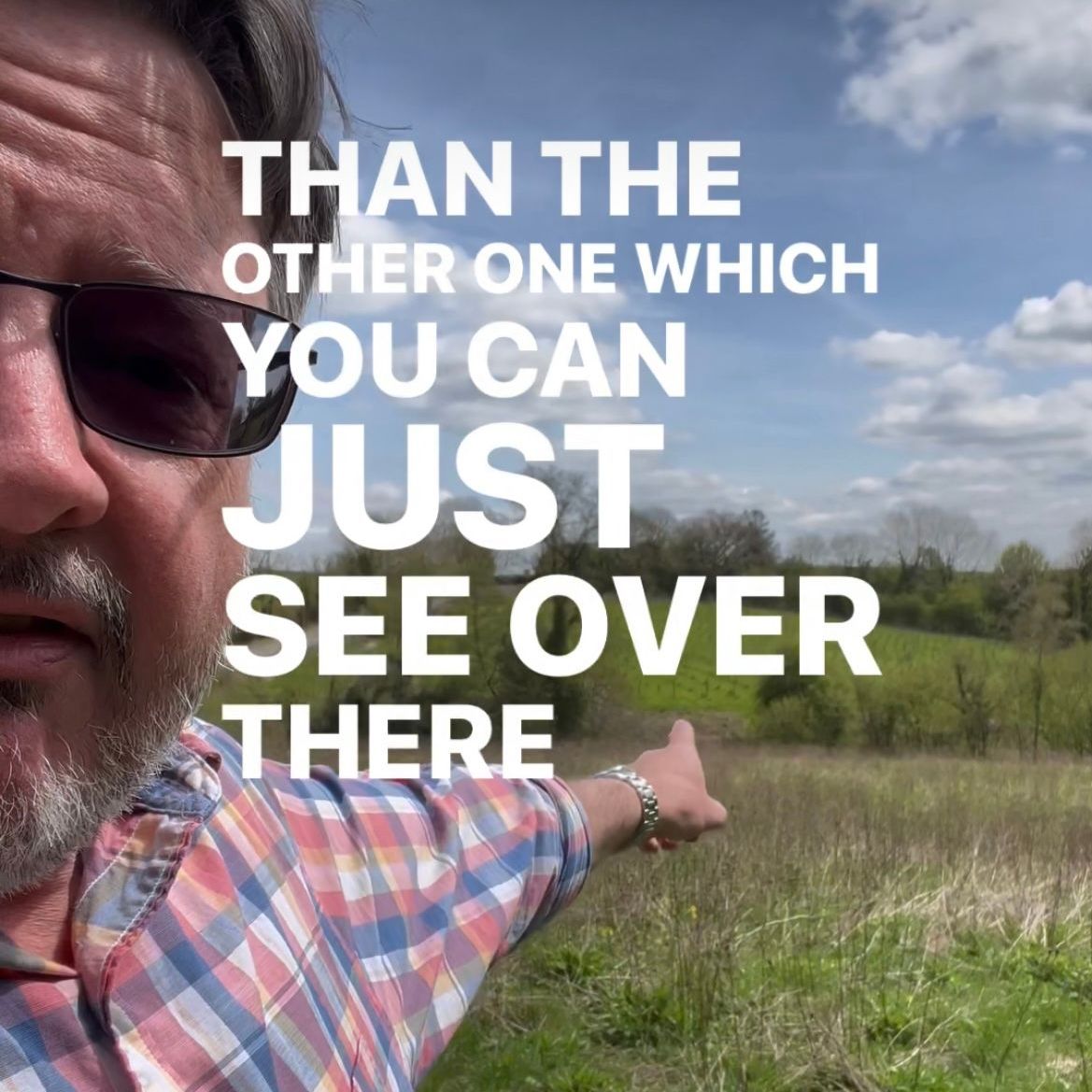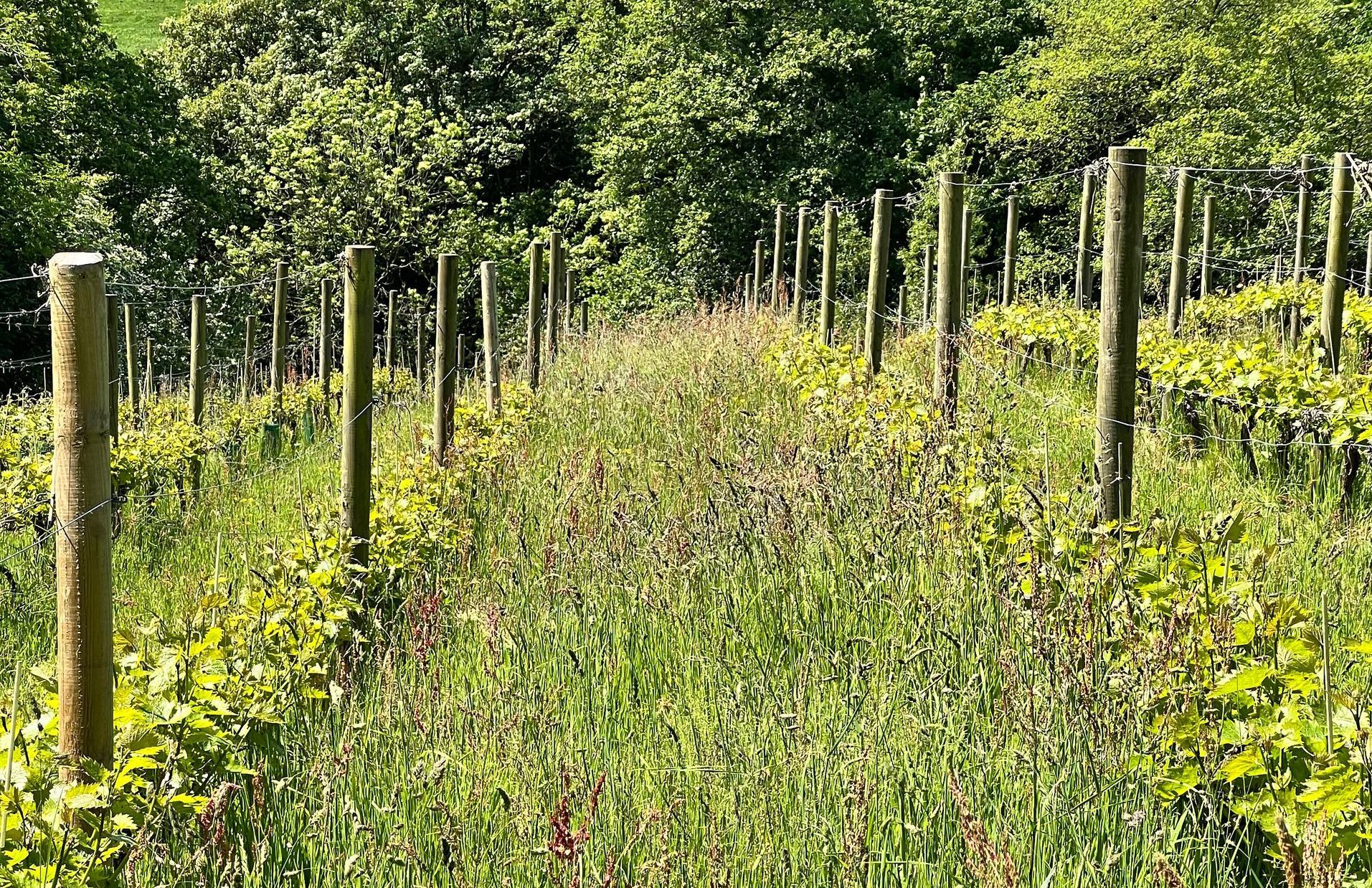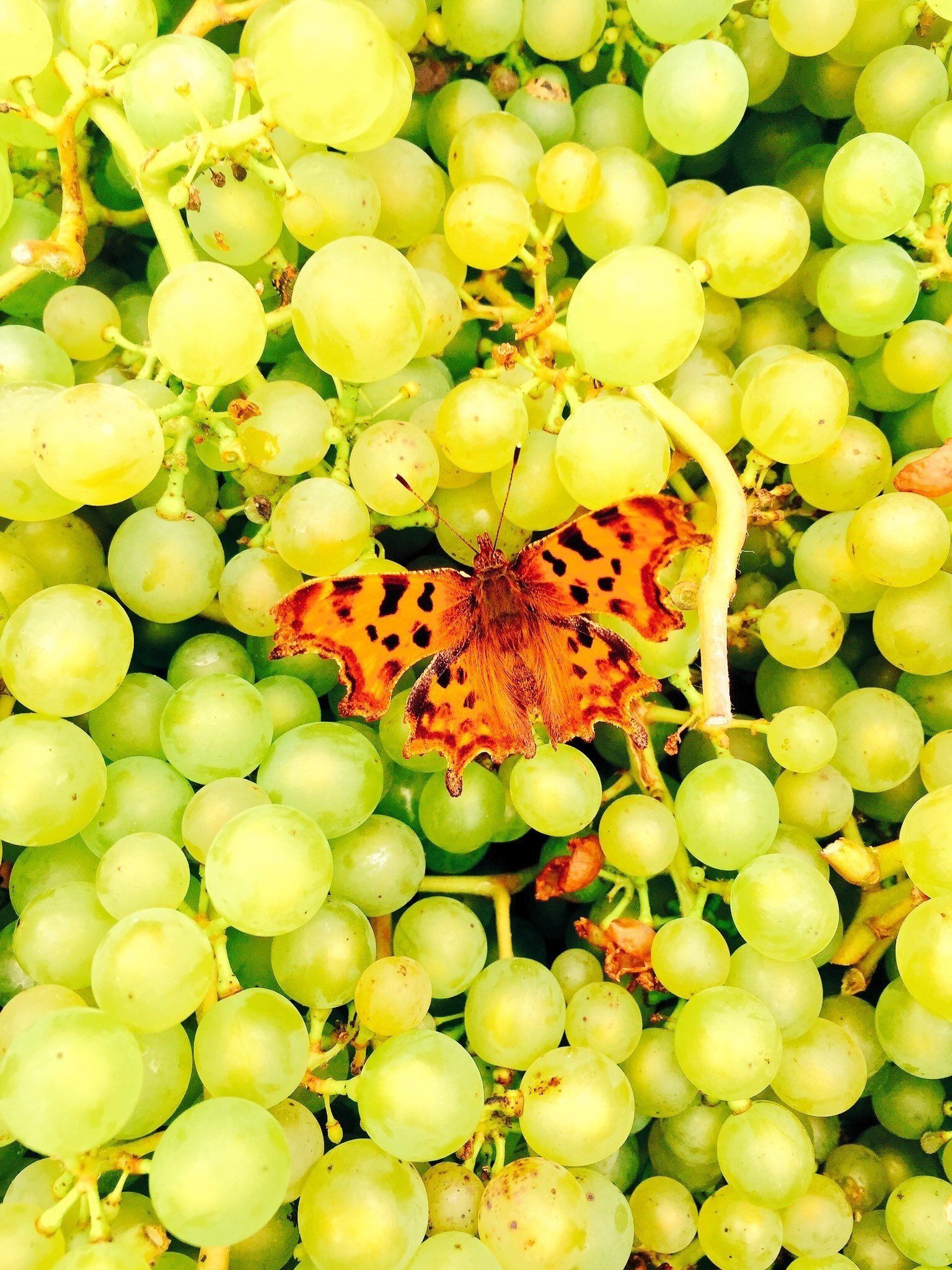Doehole II: New Planting for 2024?
A Carefully Planned Expansion to Vineyards

Recently I posted a Reel on Instagram that said we're considering expanding onto Doehole II, the field adjacent to our current main vineyard, which has raised a bit of interest. The reason for this is because it's an English Nature designated a wildlife site, which means it has a locally recognised status designed to make obvious its importance as an ancient hay meadow. It's a site rich in wildflowers, herbs and grasses, and a type of hay meadow that we've lost an awful lot of since WWI, hence it's designation.
It hasn't been a wildlife site since forever, that's a relatively recent thing and arose as a consequence of our inviting Derbyshire Wildlife Trust (DWT) to see the land shortly after we acquired it in 2014. At that time, when Spring came along we realised what amazing flowers there were there, including two types of orchid. We contacted the DWT to come and see it and we gave them our blessing to designate the site after a survey. We worked with them on the initial planting in 2014/15 but we made two mistakes... the first was we planted on a part of the site that was too steep for routine maintenance and second we didn't know enough about the impact of the low nutrient soils that wildflower meadows have, on the vines themselves. Eventually, because the vines didn't thrive the site became abandoned.
This might seem somewhat counterintuitive as there's a general perception that vines like poor soil, which is both true and not true. Yes, in a more clement and drier climate where roots can really dig in to reach water (and vines really do) they can get nutrients and minerals from great depths in clays, sandy soils and even rocky ground and in so doing perhaps work to give great quality wine grapes. But in wetter cooler less clement conditions like ours they don't need to root as deeply, and if they did they would probably find wet subsoil conditions. In our growing conditions they need to get their nutrients in shallow soils. They've all on to grow great grapes in our stressful, cool damp climate that they don't want or need poor soils to make it harder!
Now, as we look at the high demand for our wines and the need to produce more grapes, and what we have available to us as part of the our estate, we have returned to look at this site again. Key to the sites longer term proper management will be bringing the site back into economic use. This coming summer we'll talk to the DWT about ploughing an area for vines on the more 'level' plateau part of the site, inputting some natural organic fertiliser to the soils, whilst maintaining a decent belt around the edge as a hay meadow.
We're also going to trial new planting plan of narrower rows, closer vine plantings and lower trellising here too. This should enable us to get c.2,500 to 3,000 vines onto the area here. We're choosing Seyval Blanc as it does well on the adjacent site, it isn't a big vine and can cope with a higher density of planting and is generally a good doer. Oh, and it's ideal for sparkling wine, which is something we'd like to make more of!
We'll keep you posted.





